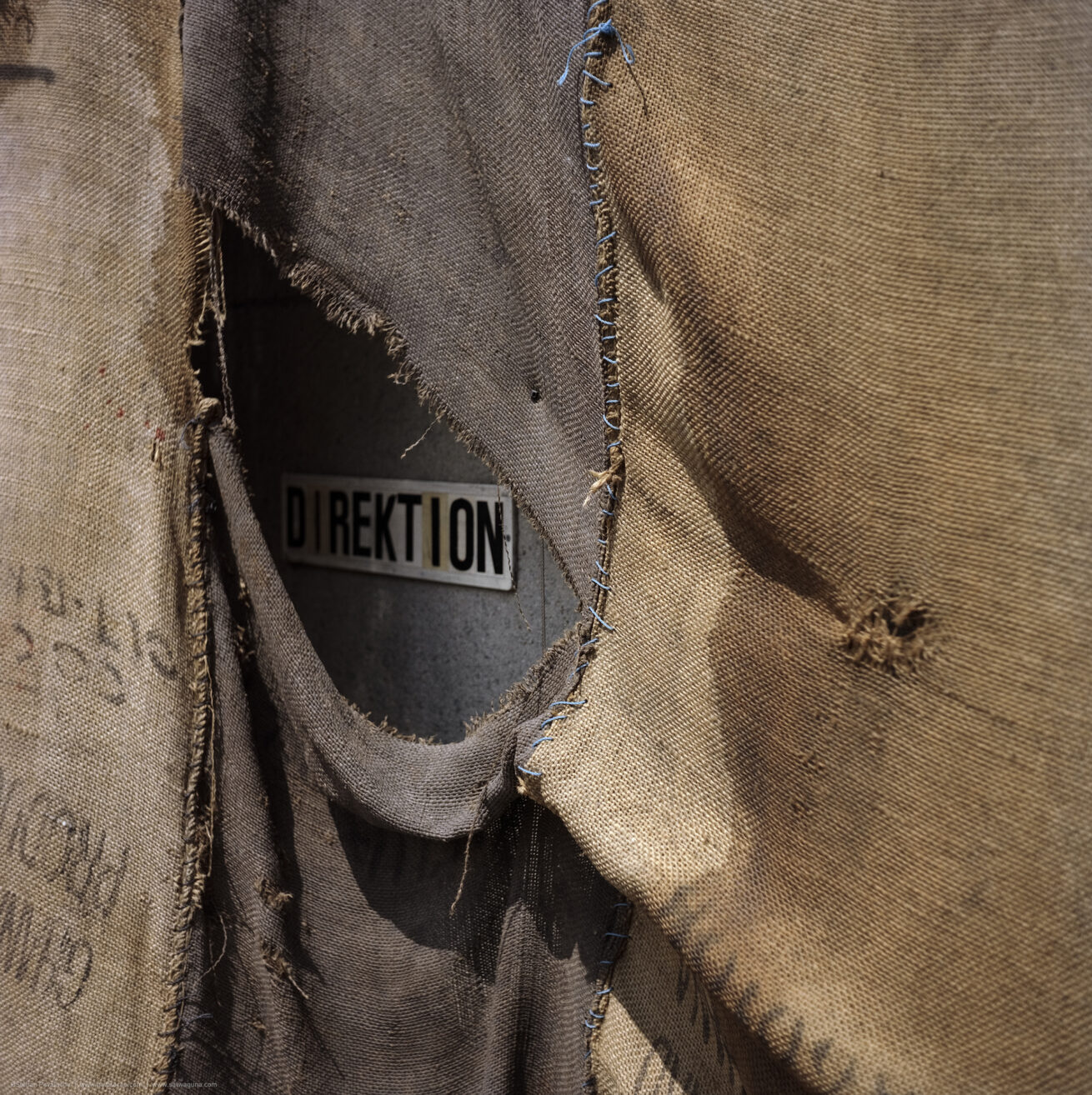What we see is not just torn fabric — it is a wound.
A scar not hidden, but held up to light.
A failed stitch, not from negligence, but from repetition — the kind that history imposes.
Ghanaian artist Ibrahim Mahama gathers these burlap sacks from across local markets and ports — surfaces once handled by countless, nameless hands moving cocoa, coal, and coffee. They carry the dust of labor, the ink of transactions, the breath of systems designed to forget those who kept them alive.
But Mahama refuses forgetting.
He reconfigures these frayed remnants into monuments — not of glory, but of endurance.
In this image, the camera pauses where the seam has unraveled —
and something escapes.
Light, perhaps.
Or memory.
Or protest.
This is not decay.
It is a slow, deliberate act of remembering.
A reclamation stitched by many hands — and now opened by one.
Learn more about the vision behind this project on the About page.
Discover more about Ibrahim Mahama, the artist behind Wounds That Breathe, and his practice of transforming everyday materials into social memory.
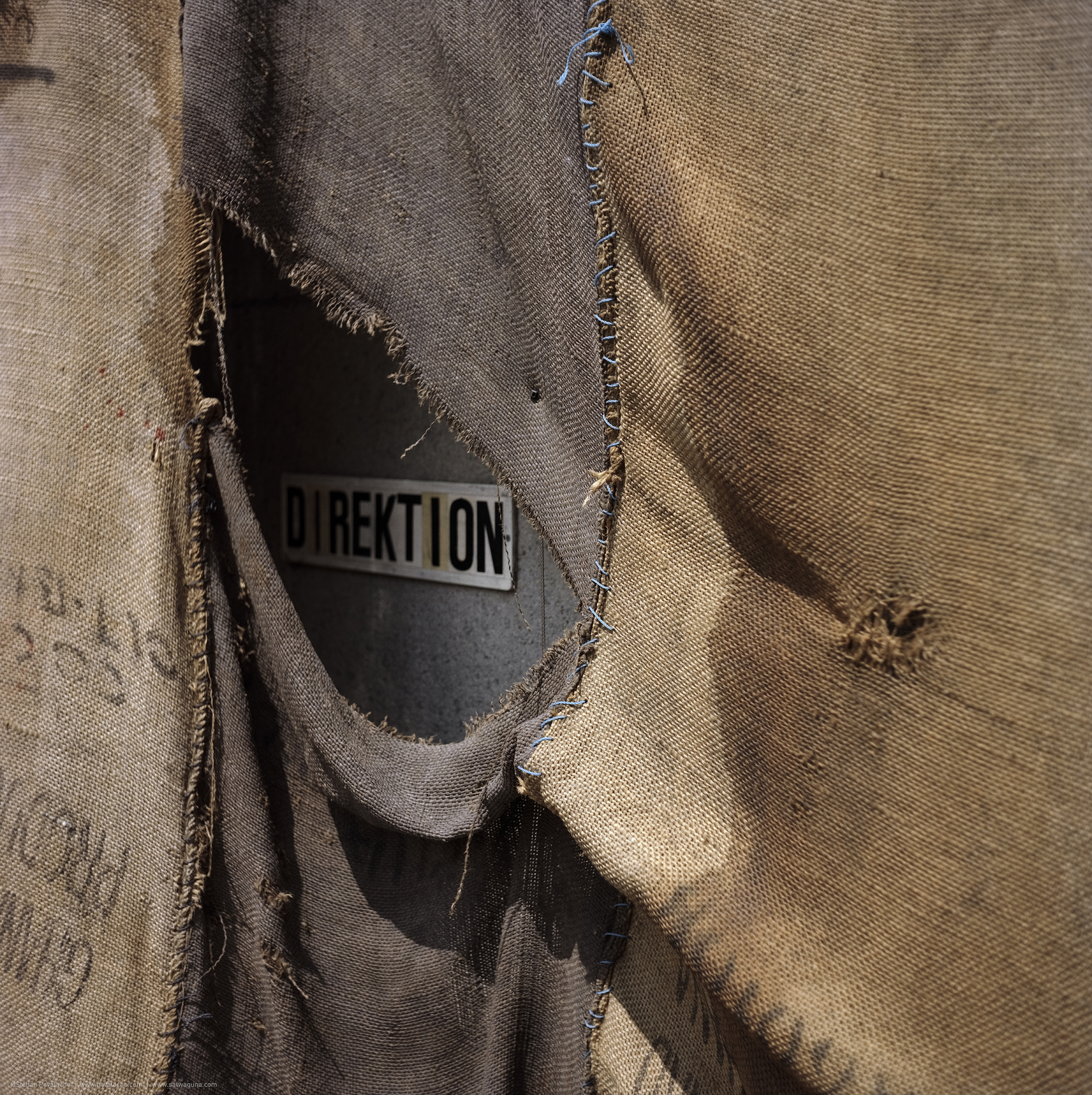
(From the series “Wounds That Breathe” by Ibrahim Mahama)
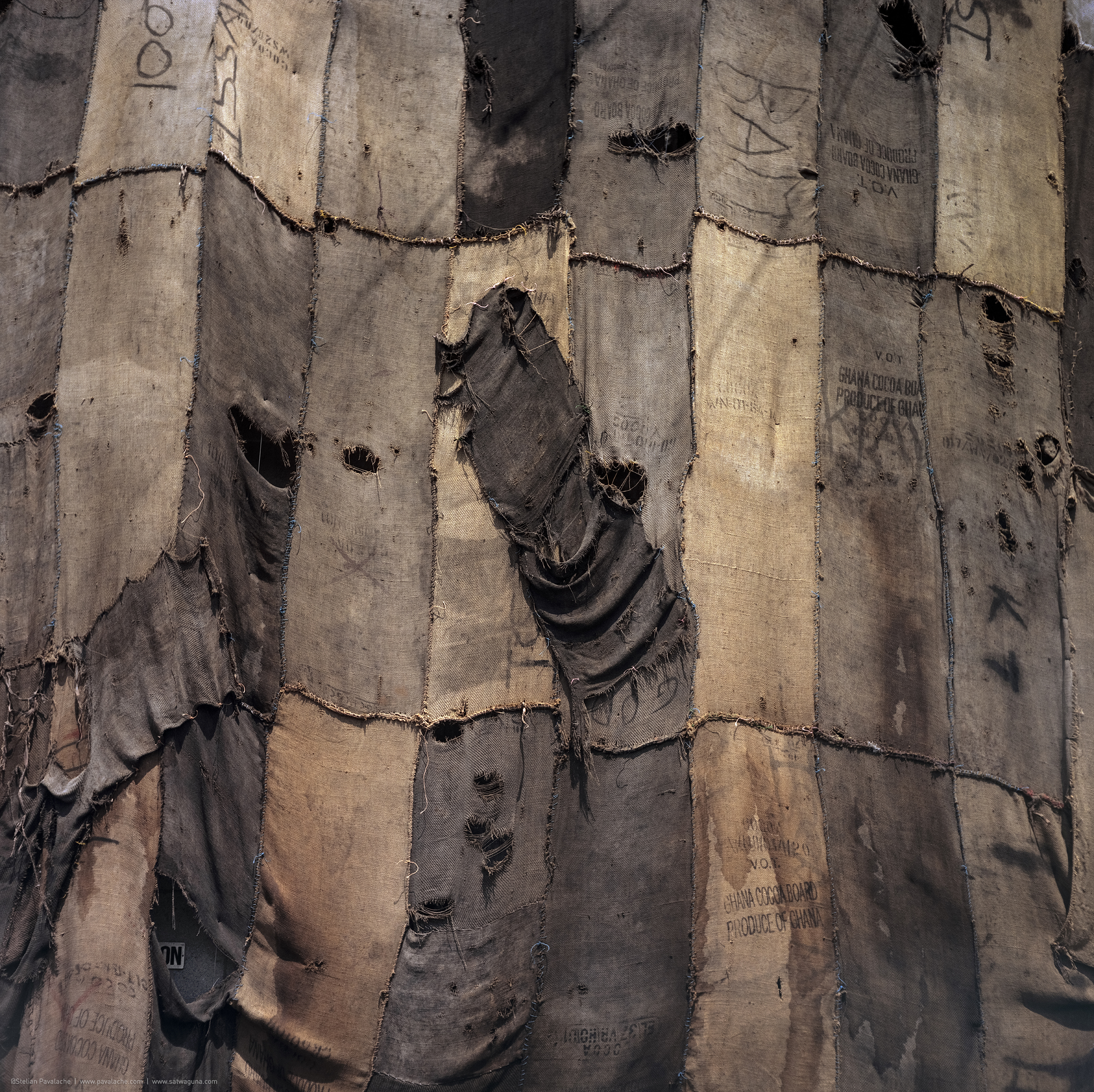
(From the series “Wounds That Breathe” by Ibrahim Mahama)
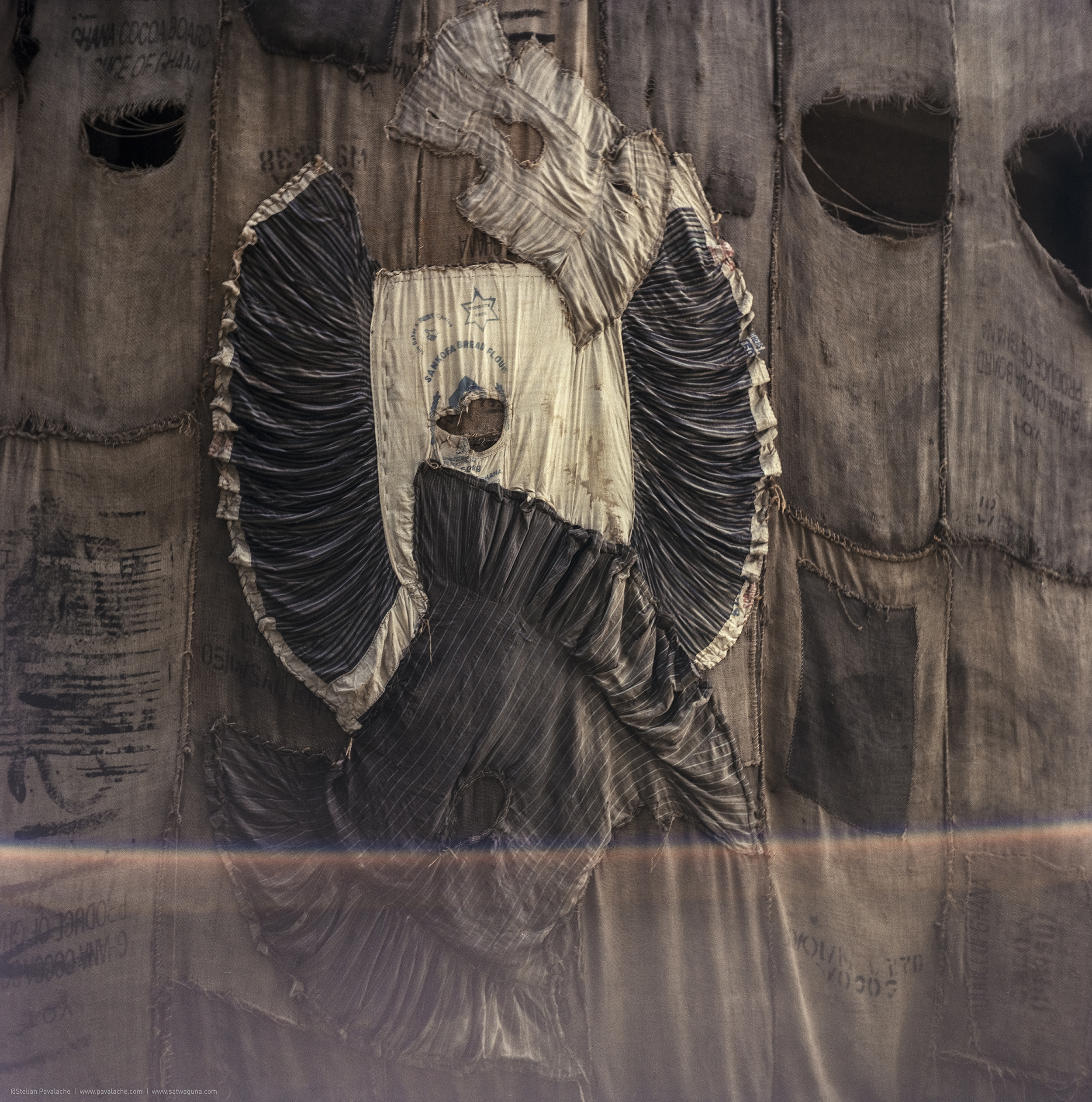
(From the series “Wounds That Breathe” by Ibrahim Mahama)
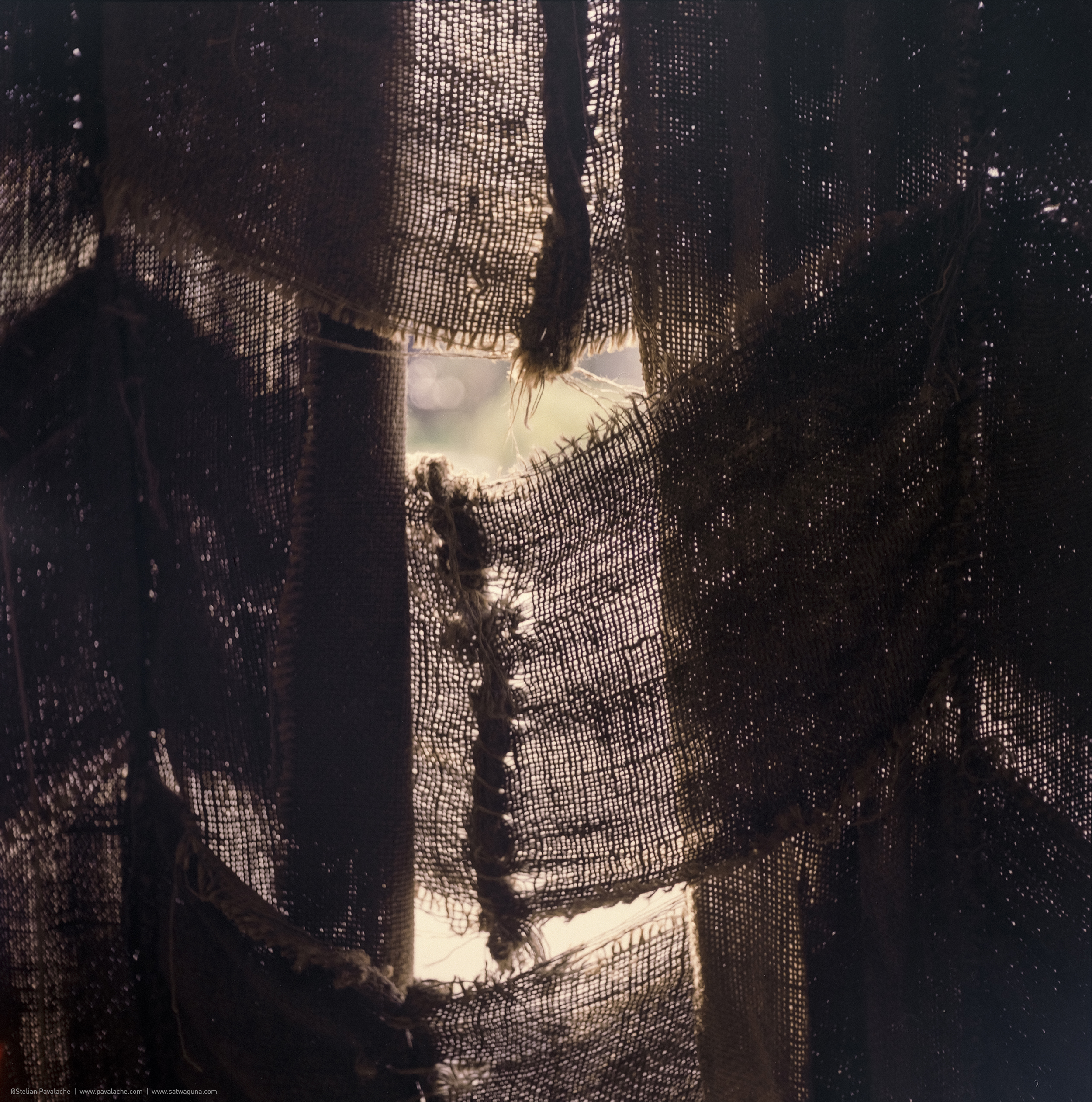
(From the series “Wounds That Breathe” by Ibrahim Mahama)
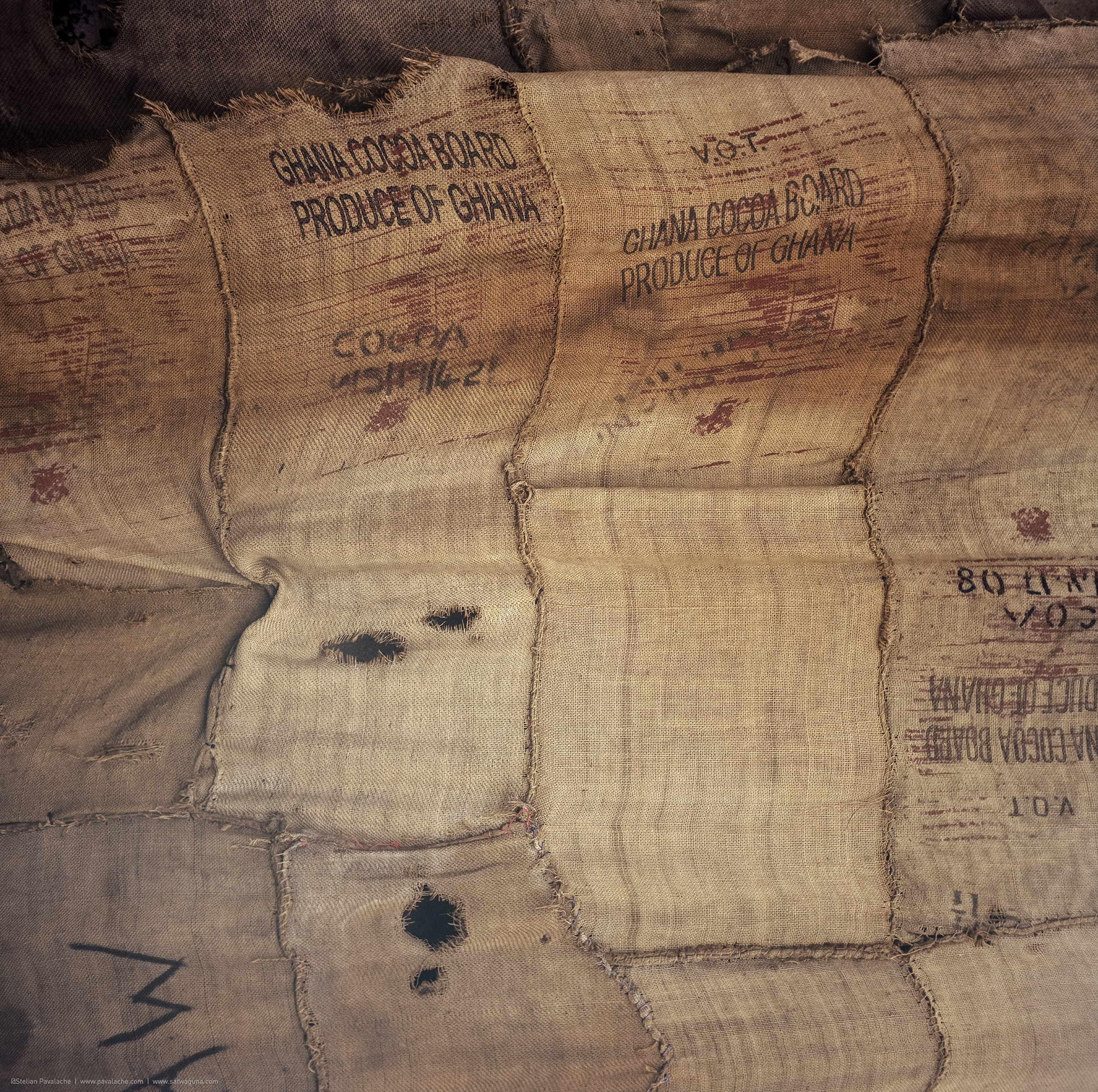
(From the series “Wounds That Breathe” by Ibrahim Mahama)

